Christie's announces Magnificent Jewels & The Collection of Peggy and David Rockefeller
Peggy and David Rockefeller, May 13, 1973. Annenberg residence. Photograph by Arthur Levine, courtesy of the JPMorgan Chase Corporate History Program and The Rockefeller Archive Center.
“Beauty, to me, whether found in nature or in man-made objects, is ennobling and enriches the soul.“ —DAVID ROCKEFELLER
NEW YORK, NY.- Christie’s New York announces the June 12 auction of Magnificent Jewels & The Collection of Peggy and David Rockefeller and the concurrent Jewels Online Auction from June 6-14. Among the top lots of the sale is a Cushion-Cut Diamond weighing 20.47 carats that is D color, Flawless clarity (estimate: $2,500,000-3,500,000), and a Magnificent Diamond Fringe Necklace set with large colorless pear shaped diamonds ranging from D to F color and Internally Flawless to VS2 clarity (estimate: $1,500,000-2,000,000). The auction includes a notable selection of diamonds, colored diamonds, and gemstones, along with important signed pieces by Bulgari, Cartier, David Webb, Harry Winston, Tiffany & Co., Raymond Yard, and Van Cleef & Arpels. The sale will offer 189 lots, with estimates ranging from $3,000 to $3,500,000.
Lot 168. The Collection of Peggy and David Rockefeller. A superb 20.47 carats D colour Flawless Type IIa diamond ring. Estimate: $2,500,000-3,500,000. Price realised USD 2,652,500. © Christie’s Images Limited 2018.
Set with an old mine brilliant-cut diamond, weighing approximately 20.47 carats, ring size 6, mounted in platinum.
Accompanied by report no. 2175092308 dated 16 June 2015 from the GIA Gemological Institute of America stating that the diamond is D color, Flawless clarity, with excellent polish and symmetry.
With a supplemental letter from the Gemological Institute of America stating that the diamond has been determined to be a Type IIa diamond. Type IIa diamonds are the most chemically pure type of diamond and often have exceptional optical transparency. Type IIa diamonds were first identified as originating from India (particularly from the Golconda region) but have since been recovered in all major diamond-producing regions of the world. Among famous gem diamonds, the 530.20 carat Cullinan I and the 105.60 carat Koh-i-noor, are examples of Type IIa.
Lot 182. The Collection of Peggy and David Rockefeller. A Magnificent Diamond Fringe Necklace set with large colorless pear shaped diamonds ranging from D to F color and Internally Flawless to VS2 clarity. Estimate: $1,500,000-2,000,000. Price realised USD 1,572,500 © Christie’s Images Limited 2018.
Suspending a fringe of pear-shaped and marquise-cut diamonds, ranging from 0.70 carats to 7.04 carats, from a row of oval-shaped diamonds, ranging from 1.00 carats to 2.02 carats, 15 1/4 ins., mounted in platinum.
Accompanied by 73 reports dated 13 March 2006 to 6 January 2009 from the GIA Gemological Institute of America stating that the diamonds range from 0.70 to 7.04 carats, D color to F color, and Internally Flawless to VS2 clarity.
The Collection of Peggy and David Rockefeller presents a rare opportunity for collectors to acquire significant signed jewels, with all Estate proceeds benefitting the philanthropies that Peggy and David Rockefeller supported throughout their lifetime. The most important pieces are from Schlumberger for Tiffany & Co., Raymond Yard and Van Cleef & Arpels, incorporating gemstones of the highest quality as well as great design.
Additional private collections in the sale will offer many new to the market pieces, including Property from the Collection of Steve and Peggy Fossett, the Estate of Ruth S. Stanton, and Property Formerly from the collection of Mrs. Douglas Fairbanks Jr. Rounding out the sale is a selection of Art Nouveau jewelry led by several rare examples by Rene Lalique, as well as The Berlin Ruby Ring, a Burmese Ruby and Diamond Ring by Tiffany & Co., of approximately 4.59 carats, given by the American composer and lyricist, Irving Berlin, to his wife Ellin in 1966 upon their 40th wedding anniversary.
Lot 167. The Berlin Ruby Ring, a Burmese Ruby and Diamond Ring by Tiffany & Co., of approximately 4.59 carats. Estimate: $400,000 -600,000. Price realised USD 1,152,500. © Christie’s Images Limited 2018.
Set with a modified oval-cut ruby, weighing approximately 4.59 carats, flanked on either side by a bullet-shaped diamond, ring size 6 3/4, mounted in platinum, in a Tiffany & Co. black suede case. Signed Tiffany & Co.
Accompanied by report no. 1084918 dated 12 July 2017 from the AGL American Gemological Laboratories stating that it is the opinion of the Laboratory that the origin of this ruby would be classified as Classic Burma (Myanmar), with no gemological evidence of heat.
Please note that the ruby is also accompanied by a report from the SSEF Swiss Gemmological Institute, please refer to the Jewelry department for further information.
Provenance: Ellin and Irving Berlin, thence by descent
Ellin and Irving Berlin.
“Irving Berlin has no place in American music, he is American music.” – Jerome Kern
This statement by Jerome Kern (1885-1945), a notable composer of the early twentieth century, best encapsulates Irving Berlin’s dynamic career as a songwriter and foretells his lasting mark on American culture and society.
Israel Beilin, later known as Irving Berlin, was born in Russia on May 11, 1888. In the mid-1890s, his family immigrated to New York City to escape persecution of their Jewish community. Shortly after arriving in America, his father died and his mother, Berlin and his seven siblings took a variety of jobs to support themselves financially.
Berlin became a newspaper boy in the Bowery and was exposed to the music of local saloons and restaurants along his route. His father had been a cantor at their synagogue in Russia and his gift of song was passed down to Irving. Eventually hired as a singing waiter at the Pelham Café in Chinatown, Berlin was known to create on-the-spot parodies of hit songs to serenade his audiences.
Irving Berlin was a self-taught pianist with a natural knack for writing lyrics. His first penned song was published in 1907, along with music by Pelham Café’s pianist Michael Nicholson. Named “Marie from Sunny Italy,” the sheet music listed his name incorrectly as “I. Berlin.” Though a mistake, he kept it and from then on was Irving Berlin – a name that would become synonymous with American music.
His big break came in 1909 when Berlin became a lyricist for the Ted Snyder Company, one of the largest music publishers of popular sheet music. Later, the company would be named Waterson, Berlin & Snyder, Inc. when Berlin and Henry Waterson joined as partners.
Under this label, Berlin penned “Alexander’s Ragtime Band” in 1911 and it became a major hit. Irving Berlin soon after became a household name. His career spanned many decades and his songs offered hope and encouragement during times of hardship. Throughout two World Wars and the Great Depression, Berlin reminded the world that they should celebrate the small moments in life and embrace simplicity and happiness.
By 1919, Berlin founded the Irving Berlin Music Corporation, which gave him full control of his copyrights. The composer’s outpouring of ballads led to Broadway musicals and films, including Puttin’ on the Ritz, Easter Parade, Annie Get Your Gun, and Watch Your Step. With over 1,500 songs and dozens of musicals and films, he worked with the top names of the business including Ginger Rogers, Marjorie Reynolds, Al Jolson and countless others.
The lyricist was also a true American patriot. He was a rags-to-riches story and always felt that that could not have happened anywhere else but in America. He became a United States citizen in 1916 and served in the army during World War I, where he penned the musical Yip! Yip! Yaphank! The production was used as an Army fundraiser. Proceeds from the performances of this musical and his song ‘This is the Army’ were donated to the Army Relief Fund, which eventually totaled over ten million dollars.
In 1925, Irving Berlin and Ellin Mackay met at a dinner party. She was the daughter of Clarence Mackay, the president of the American Post and Telegraph Company and granddaughter of John Mackay, one of the discoverers of the famous Comstock Lode of silver in Nevada.
Mackay was one of New York’s most celebrated debutantes, however, at a young age she deviated from the elite world of the upper class. The society heiress took on a career of writing and was a prolific short-story writer and novelist in her own right. Throughout her life, she contributed stories to the Saturday Evening Post, The Ladies’ Home Journal, The New Yorker and many other popular magazines. Her first novel, Land I have Chosen, was published in 1944 and eventually it was sold to the movies.
The whirlwind romance of Irving and Ellin caused an instant media frenzy. Constantly pursued by the paparazzi, they were often photographed together and followed throughout their day to day life. While the public relished in the couple’s love story, Ellin’s father disapproved of the match. He questioned Berlin’s industry and Jewish heritage and sent his daughter away to Europe at an attempt to keep the couple apart.
Distance, however, could not separate Irving and Ellin. Upon her return to the States, the couple decided to quietly marry on January 4, 1926 in New York’s Municipal Court. Since their limousine was typically followed by the media, the couple rode the subway to the courthouse to avoid attention. This was a first for Ellin.
As a wedding present, Irving Berlin presented his bride with the song “Always.” According to his notations on the earliest known manuscript of the song, Berlin wrote the piece while in Atlantic City in July 1925. He put together draft lyrics but later scrapped most of them; nevertheless, the last four lines of remained the same. Berlin has credited the success of the song to these last lines. “Not for just an hour, not for just a day, not for just a year, but always…” – a heartfelt tribute to his bride.
Ellin’s father opposed the marriage and as a result she was barred from her family home. She willingly gave up her family’s multimillion dollar fortune for her marriage and a life with Irving. The inseparable couple started a family of their own and together had four children: Irving, Jr., Mary Ellin Barrett, Elizabeth Irving Peters, and Linda Louise Emmet. Sadly their son died in infancy, however, the tragedy of his death reconciled the relationship between Ellin Berlin with her father.
Throughout their life together, Ellin Berlin continued to write for magazines and novels while Irving managed his company and composed. In 1942, the musical film Holiday Inn was released and starred Fred Astaire and Bing Crosby, featuring music and lyrics by Irving Berlin. The film debuted the eternally popular song White Christmas. The eight-line tune would become the best-selling single in history, selling over fifty million records. An instant sensation, the music critic Stephen Holden credited the song’s success to the fact that it “evokes a primal nostalgia, a pure childlike longing for roots, home and childhood.” The song also won Berlin the Academy Award for Best Music in an Original Song in 1943.
Perhaps most impressively, Berlin composed the ever celebrated “God Bless America.” First sung by Kate Smith in 1938, the song became an unofficial national anthem for the United States and remains an important fixture of American society. Heard regularly at sporting events, religious services and other congregational occasions, the song, much like its composer, is a staple of American culture.
Irving and Ellin Berlin’s patriotism is further exemplified by The God Bless America Fund. Established by the Berlins in 1940, the fund directs proceeds from Berlin’s patriotic songs and distributes funding to the Boy Scouts and Girl Scouts. Almost eighty years later, this fund is still operating today.
In further recognition for contributions to his country, Berlin was presented with the Army’s Medal of Merit from President Truman in 1943, a Congressional Gold Medal for “God Bless America” from President Eisenhower in 1954 and a Freedom Medal from President Ford in 1977. In 2002, the U.S. Army base at Fort Belvoir, Virginia named the Army Entertainment Division (AED) World Headquarters “The Irving Berlin Center” in his honor.
In 1962 after his musical Mr. President, Berlin retired and spent much of his time in the Catskill Mountains. Eventually, he and Ellin removed themselves from public life. Ellin Berlin died on July 29, 1988 and Irving Berlin died over a year later on September 22, 1989 at the age of 101.
Though Irving and Ellin came from different backgrounds and cultures, together they formed one of the most enduring and loving relationships of the twentieth century. The Berlins were married for 62 years and through success and hardship, they enriched American culture and gave back to their country and community.
The present lot, a ruby and diamond ring, was presented to Ellin by Irving on their fortieth wedding anniversary in 1966. Though the ruby is a traditional gift for this marriage milestone, this 4.59 carat gem chosen by Irving is truly rare. Mounted by Tiffany & Co., the quality of the ruby speaks to Irving Berlin’s keen eye for collecting gemstones and is a tribute to the love and dedication he had for Ellin. Christie’s is honored to present this lot and share in the great American love story that was Irving and Ellin Berlin.
Full exhibition of the auction will be held at Christie’s 20 Rockefeller Center Galleries Friday, June 8th – Monday, June 11th.
Highlights:
Lot 186. The Collection of Peggy and David Rockefeller. A Kashmir sapphire and diamond ring of 5.00 carats, by Raymond Yard. Estimate: $150,000-200,000. Price realised USD 372,500. © Christie’s Images Limited 2018.
Set with an oval-cut sapphire, weighing approximately 5.00 carats, within a circular, baguette and half moon-shaped diamond surround, 1944, ring size 4 1/2, mounted in platinum. Signed Yard.
Accompanied by report no. 95819 dated 29 September 2017 from the SSEF Swiss Gemmological Institute stating that the analysed properties confirm the authenticity of this sapphire, origin: Kashmir, with no indications of heating. The color of this sapphire may also be called 'royal blue' based on SSEF reference standards
With report no. 1086865 dated 11 September 2017 from the AGL American Gemological Laboratories stating that it is the opinion of the Laboratory that the origin of this sapphire would be classified as Classic Kashmir, with no gemological evidence of heat
Further accompanied by a letter from the American Gemological Laboratories attesting that "the combination of size, origin and quality elements for the sapphire described in this report signifies a gem of importance."
Note: This sapphire was originally purchased by David Rockefeller in 1943 from Raymond Yard. The sapphire was in a platinum mounting, set with two half-moon diamonds. The ring was an estate purchase made by Mr. Yard who listed it as a 'Cashmere Sapphire.' In 1952 the sapphire was reset into its current mounting.
Lot 187. The Collection of Peggy and David Rockefeller. A diamond ring of 5.63 carats, by Raymond Yard. Estimate: $80,000-120,000. Price realised USD 287,500. © Christie’s Images Limited 2018.
Set with a cut-cornered rectangular step-cut diamond, weighing approximately 5.63 carats, with epaulet and triangular-cut diamond shoulders, 1940, ring size 7 1/4, mounted in platinum. By Raymond Yard, Unsigned.
Accompanied by report no. 5182693608 dated 25 August 2017 from the GIA Gemological Institute of America stating that the diamond is D color, SI1 clarity.
Note: David Rockefeller purchased the present lot from Raymond Yard in 1940. The ring was presented to Peggy McGrath upon her engagement to David. In 1959 the ring was returned to Raymond Yard, where Mr. Yard altered the design, integrating additional diamonds on either side of the center diamond.
The winter of 1939-40 was enjoyable for David Rockefeller, the lengthening shadow of war notwithstanding. When not working on his doctoral dissertation, he was pursuing an idyllic courtship with Peggy McGrath, whom he had frst met at a debutante party on Long Island. At Kykuit, the Rockefeller family’s house in Pocantico Hills, New York, David recalled how he and Peggy “listened to the player organ together or picnicked at some beautiful spot, where [they] would go on horseback,” and would take “long walks together through the woods, talking for hours on end.” Finally, in June 1940, David asked Peggy to marry him.
This ring, selected from Raymond Yard for the occasion, featured a rectangular, step-cut diamond weighing 5.63 carats. In 1959, Peggy’s engagement ring was returned to Mr. Yard to be reset, with epaulet and triangular-cut diamonds added on either side of the central diamond. For David Rockefeller, meanwhile, the ring continued to represent the pinnacle of enlightened thinking. “Asking Peggy to marry me was the best decision I ever made,” he wrote many years later.
Lot 148. Property from the collection of Steve and Peggy Fossett. An emerald and diamond brooch, by Bulgari, Estimate: $40,000-60,000. Price realised USD 200,000. © Christie’s Images Limited 2018.
Designed as a floral spray, set with pear-shaped, marquise, circular and baguette-cut diamonds with oval and pear-shaped emeralds, circa 1960, 2 1/2 ins., mounted in platinum. Signed Bulgari.
Lot 54. A rare fancy green diamond ring of 5.02 carats. Estimate: $400,000-500,000. Price realised USD 432,500. © Christie’s Images Limited 2018.
Set with a cushion modified brilliant-cut fancy green diamond, weighing approximately 5.02 carats, within a pale pink diamond surround and half-hoop, ring size 6, mounted in 18k rose gold
Accompanied by report no. 2193093492 dated 5 March 2018 from the GIA Gemological Institute of America stating that the diamond is fancy green, natural color, SI1 clarity
Lot 175. The Collection of Peggy and David Rockefeller. An Aquamarine and Diamond 'Leaves and Flowers' Bracelet, by Jean Schlumberger, Tiffany & Co. Estimate: $40,000-60,000. Price realised USD 250,000. © Christie’s Images Limited 2018.
Designed as a series of five rectangular-cut aquamarines, weighing approximately 28.77, 19.68, 19.43, 14.87 and 14.80 carats, within circular-cut diamond leaf surrounds, joined by circular-cut diamond and polished gold links of leaf and flower motif, circa 1960, 7 1/4 ins., mounted in 18k gold and platinum. Signed Tiffany, Schlumberger.
This bracelet was designed for Mrs. Peggy Rockefeller by Jean Schlumberger.
Lot 106. Property from a private collection. An Art Nouveau enamel and glass pendant necklace, by René Lalique. Estimate: $50,000-70,000. Price realised USD 262,500. © Christie’s Images Limited 2018.
The pendant set with molded glass rose blossoms of pink, purple and green hues, joined by violet enamel vines and blue-green plique-à-jour enamel leaf clusters, from a fine gold chain, circa 1900, 3 ins. (pendant), 22 1/2 ins. (neckchain), mounted in gold. Signed Lalique.
Lot 105. An Art Nouveau silver, enamel and gold pendant necklace, by René Lalique. Estimate: $40,000-60,000. Price realised USD 93,750. © Christie’s Images Limited 2018.
The pendant designed as a nymph fairy, her sculpted silver body extending green and blue plique-à-jour enamel and gold wings, circa 1900, 4 3/4 ins. (pendant), 29 ins. (neckchain), to the 18k gold link neckchain, with areas of enamel loss. Signed Lalique.

/https%3A%2F%2Fprofilepics.canalblog.com%2Fprofilepics%2F1%2F0%2F100183.jpg)
/https%3A%2F%2Fstorage.canalblog.com%2F03%2F02%2F119589%2F96711876_o.jpg)
/https%3A%2F%2Fstorage.canalblog.com%2F11%2F31%2F119589%2F94773502_o.jpg)
/https%3A%2F%2Fstorage.canalblog.com%2F20%2F83%2F119589%2F94772815_o.jpg)
/https%3A%2F%2Fstorage.canalblog.com%2F26%2F72%2F119589%2F75604929_o.jpg)
/https%3A%2F%2Fstorage.canalblog.com%2F59%2F60%2F119589%2F26458628_o.jpg)
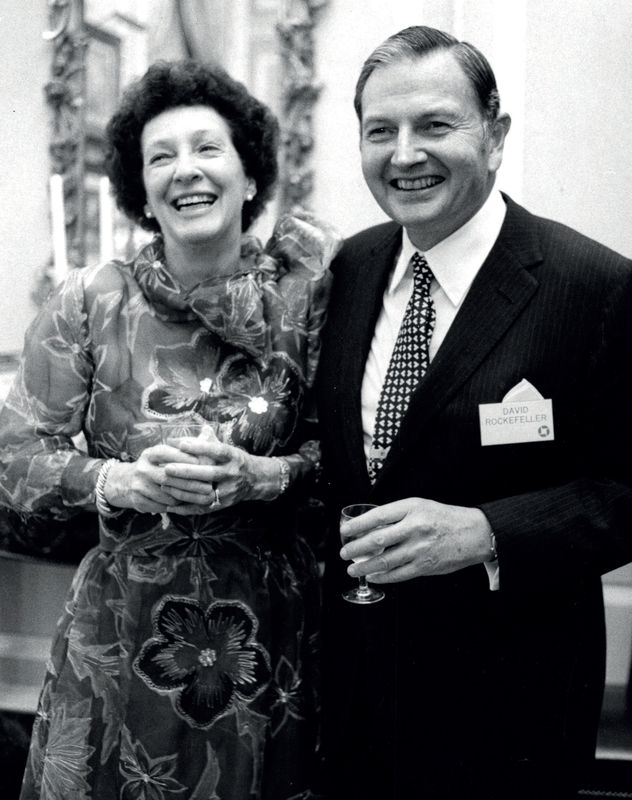
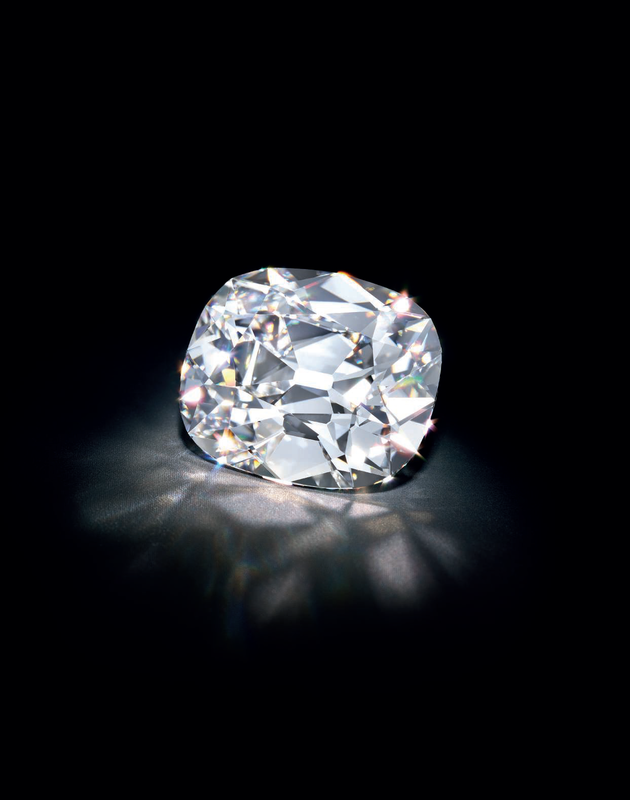


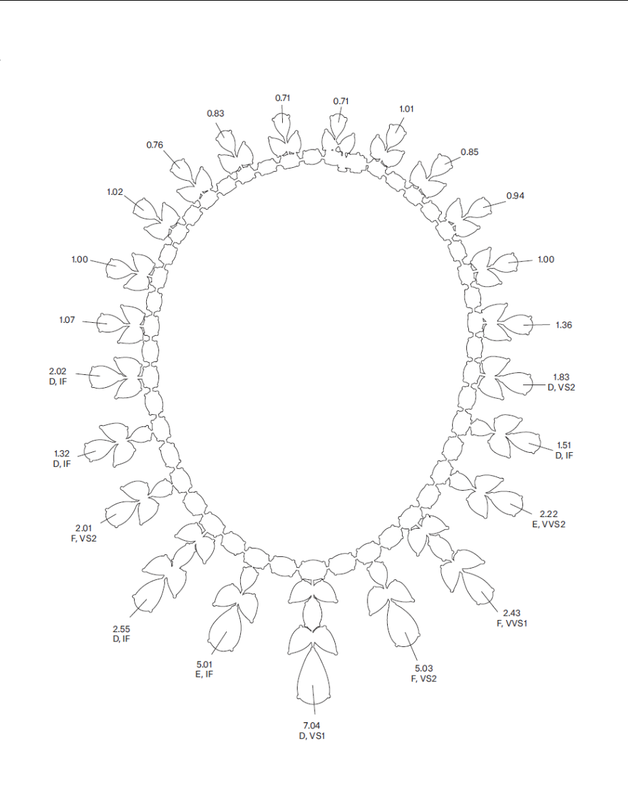
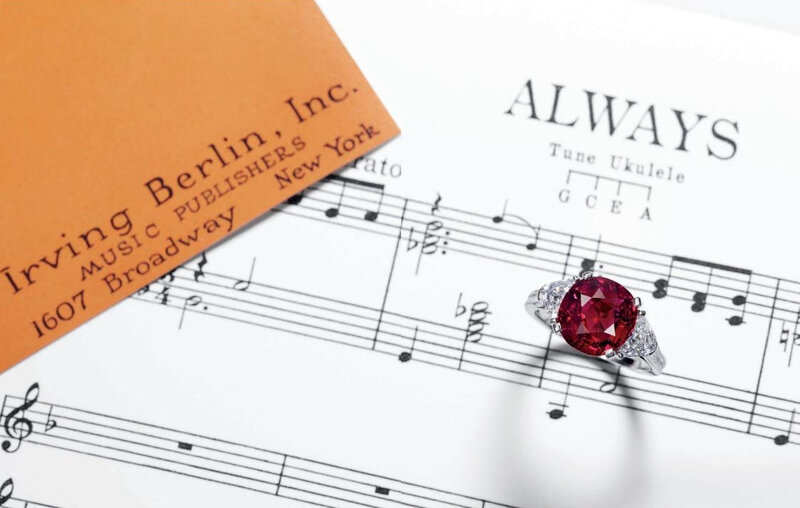


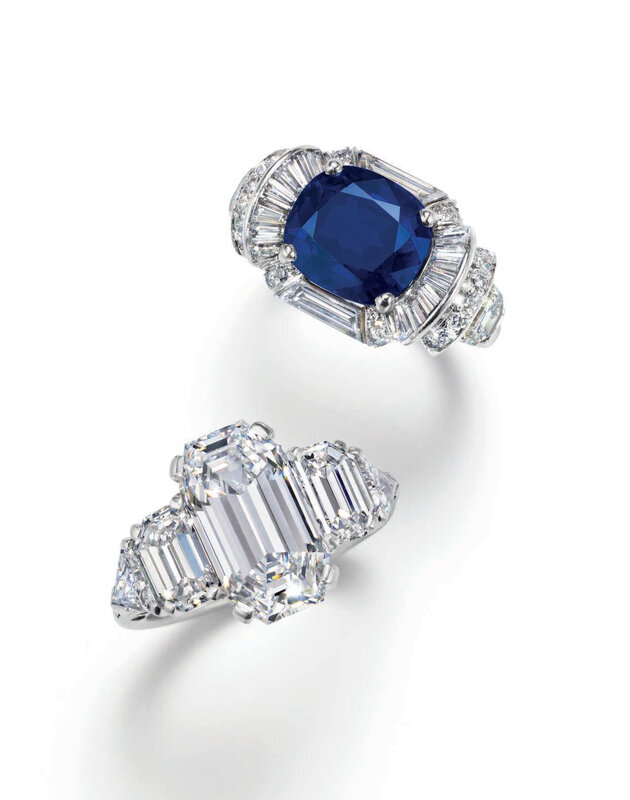
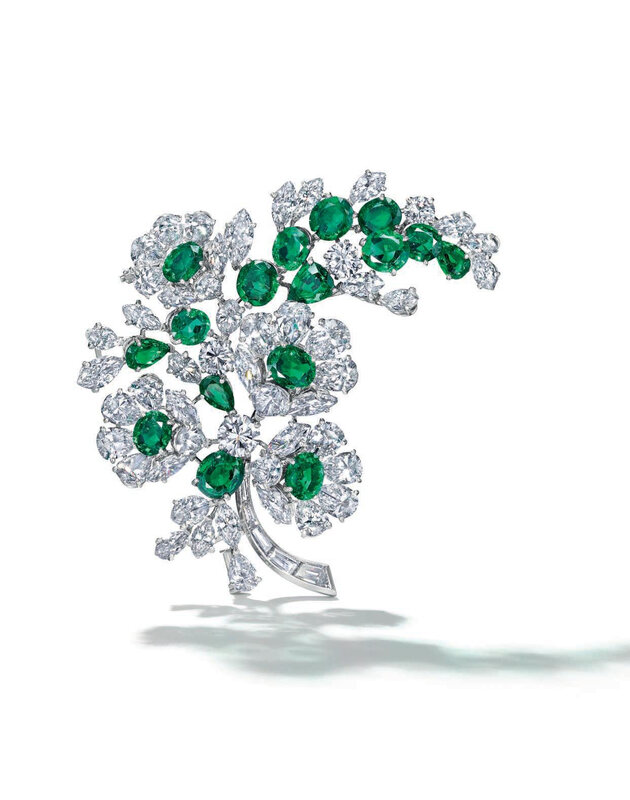







/http%3A%2F%2Fstorage.canalblog.com%2F57%2F73%2F119589%2F128086135_o.jpg)
/http%3A%2F%2Fstorage.canalblog.com%2F36%2F90%2F119589%2F127994334_o.jpg)
/http%3A%2F%2Fstorage.canalblog.com%2F89%2F24%2F119589%2F127857723_o.jpg)
/http%3A%2F%2Fstorage.canalblog.com%2F61%2F54%2F119589%2F127244990_o.jpg)